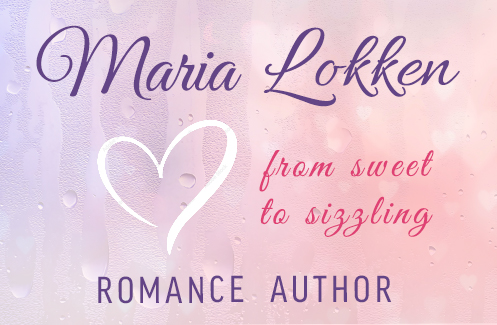You’ve got a budget. Now it’s up to you to stay within the budget and make money. That’s right make money. This is America, we’re capitalists. But, you also want what’s up on the screen to appear as if you’ve spent every last dollar on the production. The production must look spectacular. If the budget has a line for original music then get some composed, don’t go with a cheap library version because the client will know. However, if the client is paying for cheap library music and they decide after seeing the first rough cut they want something more musically unique, then they will have to pay for that.
Don’t be the producer that tells the client they can’t have things unless they pay more money, and don’t be the producer who yeses the client at the expense of your profit. Fine line? Actually no. You and the client enter into a bargain once the concept and budget are approved. That’s the agreement. Now, it’s up to you to give the client what they’ve signed off on. Along the way, you’re going to show them treatments, scripts and rough cuts. Make sure it’s all in line with the original idea and the original budget. If you find that you’re taking too long in post-production and your editing bill is going over that’s not the client’s fault. You presumably sent them a production schedule without a gun being held to your head, so you need to stick to it. If it goes over you eat the overage. However, if at the eleventh hour the client says, “Gee, I’d like to have (fill in the blank)” and it was never in the original concept, then it’s time to talk. Firmly put on your producer hat and have a conversation with the client. Let them know you are more than happy to accommodate their new direction, and then give them a price for that new direction. Make sure you’ve cost it out before having the conversation.
So when does the client pay and when do you pay? Easy, if the client is making changes after you’ve signed on the dotted line, they pay. If you aren’t living up to the original agreement and it’s costing you more money, then it’s costing you more money.







